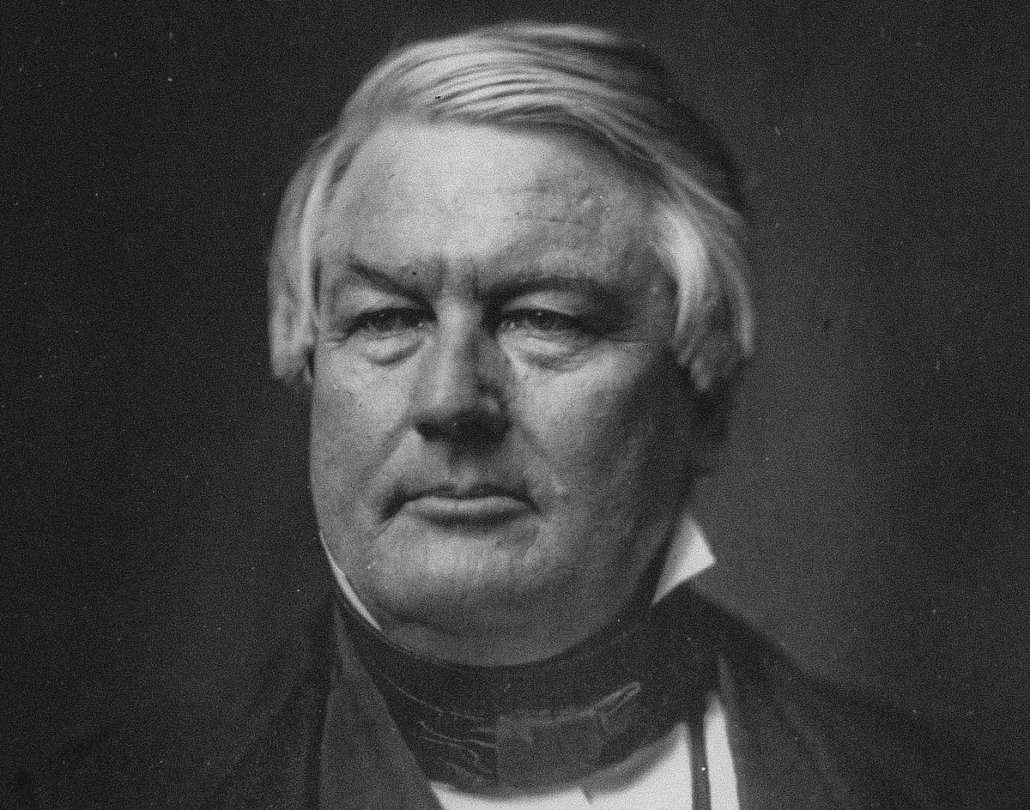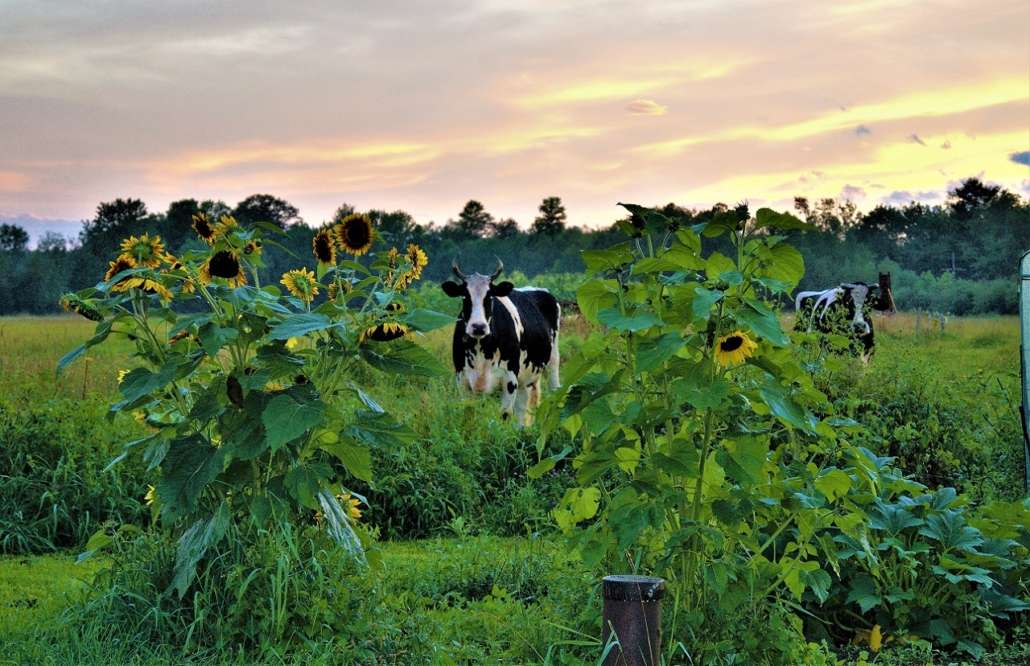SCORES & OUTDOORS – The “beloved” American eel: What about it?
 by Roland D. Hallee
by Roland D. Hallee
Eels are a little scary. I know for a fact that eels exist in Webber Pond, in Vassalboro, because my wife and I have caught them. They also can be found in China Lake. This one goes back a while. I was a young lad in the 1950s, when I was probably about nine years old, and I remember being in an old wooden boat, with no motor, but oars, with my dad and an uncle. I don’t remember which one, but someone in the boat caught an eel, because my only recollection of that adventure was when they took out a cleaver-like knife and cut off its head on the gunwale of the boat. It was a white boat with red trim. By the way, that was the only time I can ever remember being on China Lake.
Another instance I have had with eels was catching one through the ice on Three Mile Pond one year back in the 1990s. We left it on the ice to die, and then scaled, gutted it, and cut it into chunks for dinner. I can remember the muscled fish “dancing” in the frying pan, and had the consistency of a scallop. We kind of altered the taste with a little garlic.
OK, so what about eels. They are slimy, and most people don’t want to be bothered with them.
Eels are elongated fish, ranging in length from two inches to 13 feet. I remember one time when my wife caught one that measured about 22 inches. They possess no pelvic fins, and many species also lack pectoral fins. The dorsal and anal fins are fused with the caudal fin, forming a single ribbon running along much of the length of the animal. Eels swim by generating waves which travel the length of their bodies. They can swim backwards by reversing the direction of the wave.
Freshwater eels have a slender, snake-like body that is covered with a mucus layer, which makes the eel appear to be naked and slimy despite the presence of minute scales. A long dorsal fin runs from the middle of the back and is continuous with a similar ventral fin. Pelvic fins are absent, and relatively small pectoral fins can be found near the midline, followed by the head and gill covers. Variations exist in coloration, from olive green, brown shading to greenish-yellow and light gray or white on the belly. Eels from clear water are often lighter than those from dark, tannic acid streams.
The eel lives in fresh water and estuaries and only leaves these habitats to enter the Atlantic Ocean to make its spawning migration to the Sargasso Sea. Spawning takes place far offshore, where the eggs hatch. The female can lay up to 4 million buoyant eggs and dies after egg-laying. After the eggs hatch and the early-stage larvae develop, the young eels move toward North America, where they metamorphose into glass eels and enter freshwater systems where they grow as yellow eels until they begin to mature.
American eels hunt predominantly at night, and during the day they hide in mud, sand, or gravel very close to shore, at depths of roughly five to six feet. They feed on crustaceans, aquatic insects, small insects, and probably any aquatic organisms that they can find and eat.
American eels are economically important in various areas along the East Coast as bait for fishing for sport fishes such as the striped bass, or as a food fish in some areas. Their recruitment stages, the glass eels, are also caught and sold for use in aquaculture, although this is now restricted in most areas.
Eels were once an abundant species in rivers, and were an important fishery for aboriginal people. The construction of hydroelectric dams has blocked their migrations and locally extirpated eels in many watersheds. For example, in Canada, the vast numbers of eels in the St. Lawrence and Ottawa Rivers have dwindled.
The American eel Anguilla rostrata was first described in 1817 by Lesueur. Anguilla is Latin for eel, and rostrata is a Latin word that can mean either “beaked or curved” or “long nose”. French: Anguille d’Amérique, Spanish: Anguila americana.
Their natural range includes the eastern North Atlantic Ocean coastline from Venezuela to Greenland and including Iceland. Inland, this species extends into the Great Lakes and the Mississippi River and its tributaries as far upstream as Minnesota and Wisconsin.
Eels are bottom dwellers. They hide in burrows, tubes, snags, masses of plants, other types of shelters. They are found in a variety of habitats including streams, rivers, and muddy or silt-bottomed lakes during their freshwater stage, as well as oceanic waters, coastal bays and estuaries. During winter, eels burrow under the mud and enter a state of torpor (or complete inactivity) at temperatures below 5°C, although they may occasionally be active during this period.
Little information about predation on eels has been published. It was reported that elvers and small yellow eels are prey of largemouth bass and striped bass, although they were not a major part of these predators’ diet.
In the 1970s, the annual North Atlantic harvest had an averaged value of $84,000. In 1977, the eel landings from Maine, New Hampshire, and Massachusetts were about $263,000 (US Department of Commerce 1984).
Substantial decline in numbers and fishery landings of American eels over their range in eastern Canada and the U.S. was noted, raising concerns over the status of this species. The number of juvenile eels in the Lake Ontario area decreased from 935,000 in 1985 to about 8,000 in 1993 and was approaching zero levels in 2001. Rapid declines were also recorded in Virginia, as well as in New Brunswick and Prince Edward Island, in Canada.
Because of its complex life cycle, the species face a broad range of threats, some of which are specific to certain growth stage. Being catadromous, the eels’ reproductivity success depends heavily on free downstream passage for spawning migration. It also depends on the availability of diverse habitats for growth and maturation.
Sex ratio in the population can also be affected because males and females tend to utilize different habitats. Impacts on certain regions may greatly impact the number of either sex.
Despite being able to live in a wide range of temperatures and different levels of salinity, American eels are very sensitive to low dissolved oxygen level, which is typically found below dams. Contaminations of heavy metals, dioxins, chlordane, and polychlorinated biphenyls as well as pollutants from nonpoint source can bioaccumulate within the fat tissues of the eels, causing dangerous toxicity and reduced productivity. This problem is exacerbated due to the high fat content of eels.
The U.S. Fish and Wildlife Service reviewed the status of the American eel both in 2007 and in 2015, finding both times that Endangered Species Act protection for the American eel is not warranted. The Canadian province of Ontario has canceled the commercial fishing quota since 2004. Eel sport fishery has been closed.
Sustainable consumption
In 2010, Greenpeace International has added the American eel to its seafood red list. “The Greenpeace International seafood red list is a list of fish that are commonly sold in supermarkets around the world, and which have a very high risk of being sourced from unsustainable fisheries.” OK, this is running a little longer than usual, but the eel is an interesting fish that has a bad reputation, but most people know very little about.
Roland’s trivia question of the week:
In what year was game 3 of the World Series postponed due to an earthquake?



 COMMUNITY COMMENTARY
COMMUNITY COMMENTARY









 COMMUNITY COMMENTARY
COMMUNITY COMMENTARY



 (NAPSI)—Migraine can happen to anyone, even children and teens. About ten percent of kids aged 5 to 15 experience migraine.
(NAPSI)—Migraine can happen to anyone, even children and teens. About ten percent of kids aged 5 to 15 experience migraine.